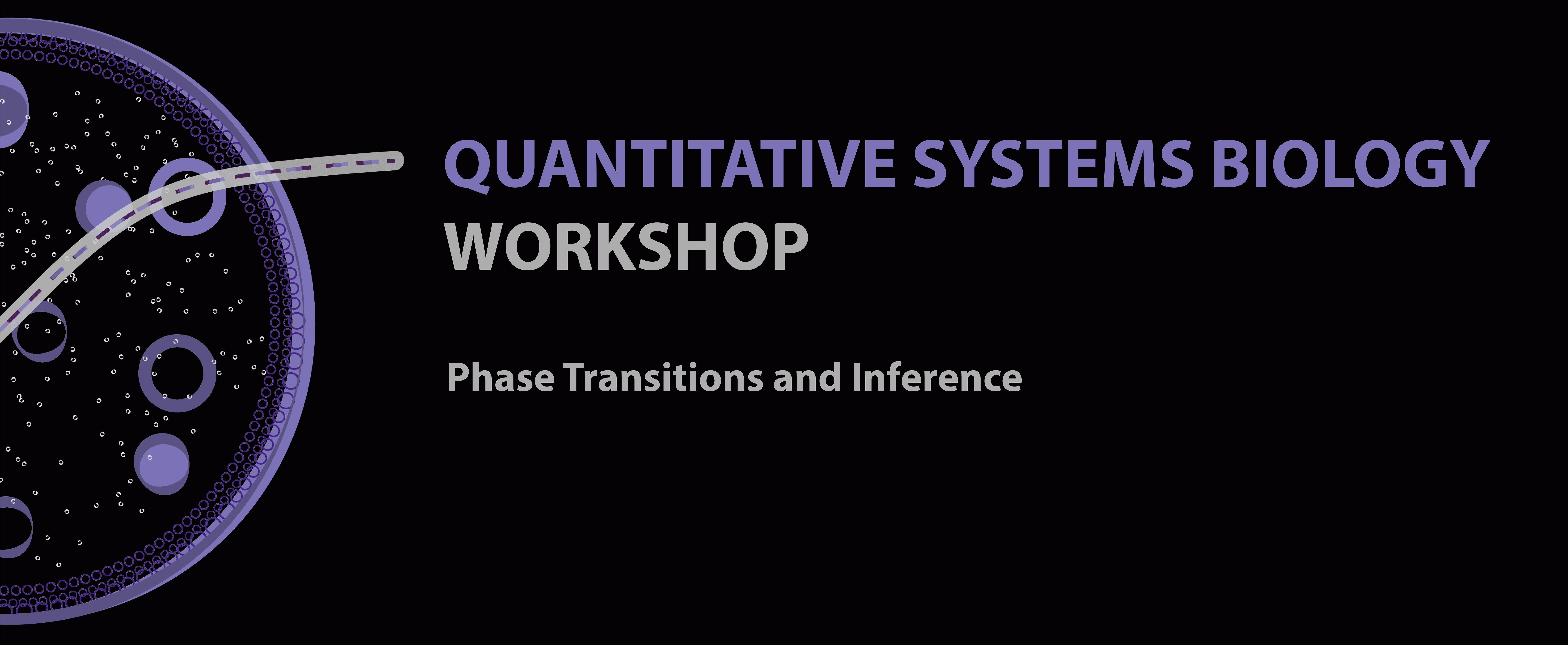Speakers
Becca Asquith | The “stemness” of immune memory
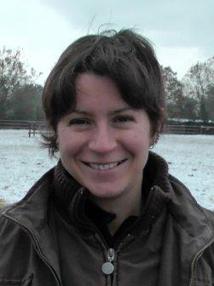 Bio: I use a novel combination of experimental, mathematical and bioinformatic techniques to investigate cell-mediated immunity. My aim is to develop a predictive mathematical model of the human in vivo CD8+ T cell response in order to prevent and alleviate viral infection. My initial training was in theoretical physics. I have a BSc in Physics (1st class hons. University College London), an MSc in Mathematics (distinction, Imperial College London) and a PhD in Theoretical Particle Physics (title: "Non Commutative Geometry", University of Durham). I then worked as a mathematical modeller for the UK government for 2 years before crossing disciplines to Mathematical Immunology. I held a Wellcome Trust Fellowship at Imperial College London and then a Leverhulme Trust Fellowship at the University of Oxford before returning to Imperial as a lecturer.
Bio: I use a novel combination of experimental, mathematical and bioinformatic techniques to investigate cell-mediated immunity. My aim is to develop a predictive mathematical model of the human in vivo CD8+ T cell response in order to prevent and alleviate viral infection. My initial training was in theoretical physics. I have a BSc in Physics (1st class hons. University College London), an MSc in Mathematics (distinction, Imperial College London) and a PhD in Theoretical Particle Physics (title: "Non Commutative Geometry", University of Durham). I then worked as a mathematical modeller for the UK government for 2 years before crossing disciplines to Mathematical Immunology. I held a Wellcome Trust Fellowship at Imperial College London and then a Leverhulme Trust Fellowship at the University of Oxford before returning to Imperial as a lecturer.
Patrick Kemmeren | Understanding regulatory systems and mechanisms of genetic interactions by exploiting expression profiles of large scale gene deletions
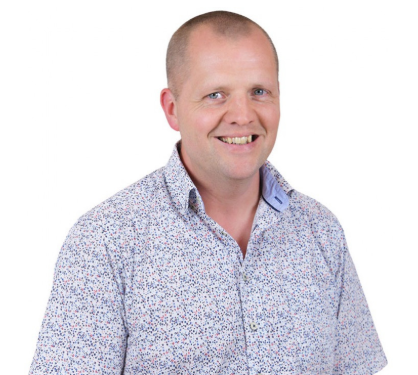
Andela Šarić | How to build a biological nanomachine
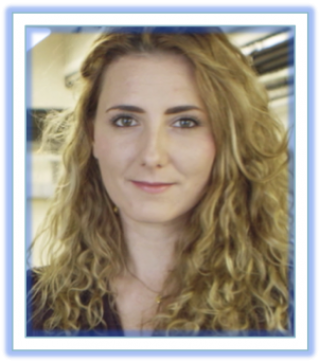 Bio: Andela received her PhD from Columbia University in New York in 2013, after which she moved onto a postdoctoral fellowship at the University of Cambridge, where she was also a Research Fellow of Emmanuel College. She is currently a Junior Group Leader in the Department of Physics & Astronomy at UCL. Andela uses computer simulations to study biological assembly. She is interested in how proteins assemble “on-demand” into nanososcale structures that generate the molecular machinery of life. She is also devoted to understanding uncontrolled protein aggregation in the context of neurodegenerative diseases.
Bio: Andela received her PhD from Columbia University in New York in 2013, after which she moved onto a postdoctoral fellowship at the University of Cambridge, where she was also a Research Fellow of Emmanuel College. She is currently a Junior Group Leader in the Department of Physics & Astronomy at UCL. Andela uses computer simulations to study biological assembly. She is interested in how proteins assemble “on-demand” into nanososcale structures that generate the molecular machinery of life. She is also devoted to understanding uncontrolled protein aggregation in the context of neurodegenerative diseases.
Dora Tang | Bottom up synthetic cellularity
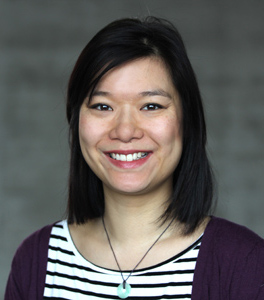 Bio: T-Y Dora Tang received her PhD from Imperial College London, UK, in 2010 in the area of membrane biophysics. After 1 year as an EPSRC knowledge transfer secondee at Diamond Light Source, Oxfordshire, UK she undertook a post-doc at the University of Bristol, UK, in the areas of origin of life and then synthetic biology. In 2016 she started her independent lab at the MPI-CBG, Dresden as part of the MaxSynBio consortium. Her research lies between biophysics, synthetic biology and materials chemistry with the goal of building minimal synthetic cellular systems as physical models for biological phenomena specifically those related to compartmentalisation. These minimal systems aim to address questions in origin of life and in modern biology such as “what are the conditions required to drive molecular organisation from disorder?”
Bio: T-Y Dora Tang received her PhD from Imperial College London, UK, in 2010 in the area of membrane biophysics. After 1 year as an EPSRC knowledge transfer secondee at Diamond Light Source, Oxfordshire, UK she undertook a post-doc at the University of Bristol, UK, in the areas of origin of life and then synthetic biology. In 2016 she started her independent lab at the MPI-CBG, Dresden as part of the MaxSynBio consortium. Her research lies between biophysics, synthetic biology and materials chemistry with the goal of building minimal synthetic cellular systems as physical models for biological phenomena specifically those related to compartmentalisation. These minimal systems aim to address questions in origin of life and in modern biology such as “what are the conditions required to drive molecular organisation from disorder?”
Boyan Yordanov | Linking Structure and Function of Biological Programs through Automated Reasoning
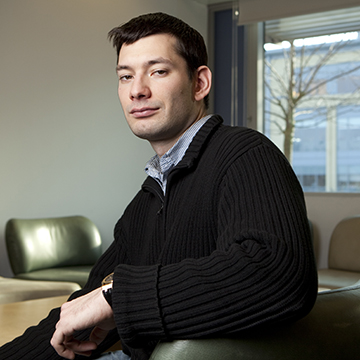 Bio: Boyan Yordanov is a Senior Scientist at Microsoft Research. He received BAs in Biochemistry and Computer Science from Clark University in 2005 and a PhD in Biomedical Engineering from Boston University in 2011. He joined Microsoft’s Biological Computation Group as a post-doctoral researcher and became a Microsoft Research scientist in 2014. His research is focused on accelerating the design and construction of biochemical circuits and improving the understanding of biological computation through methods for the analysis, verification and synthesis of dynamical systems.
Bio: Boyan Yordanov is a Senior Scientist at Microsoft Research. He received BAs in Biochemistry and Computer Science from Clark University in 2005 and a PhD in Biomedical Engineering from Boston University in 2011. He joined Microsoft’s Biological Computation Group as a post-doctoral researcher and became a Microsoft Research scientist in 2014. His research is focused on accelerating the design and construction of biochemical circuits and improving the understanding of biological computation through methods for the analysis, verification and synthesis of dynamical systems.
